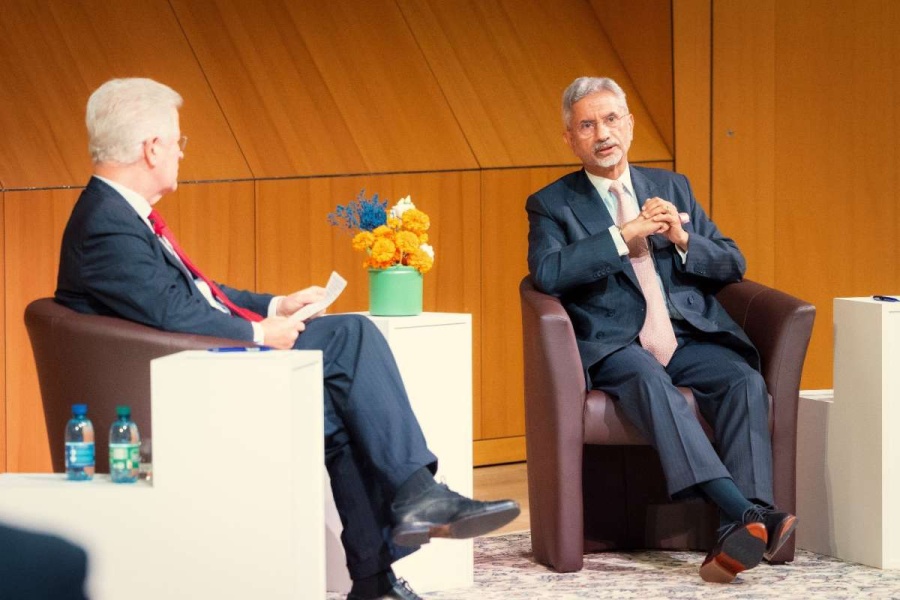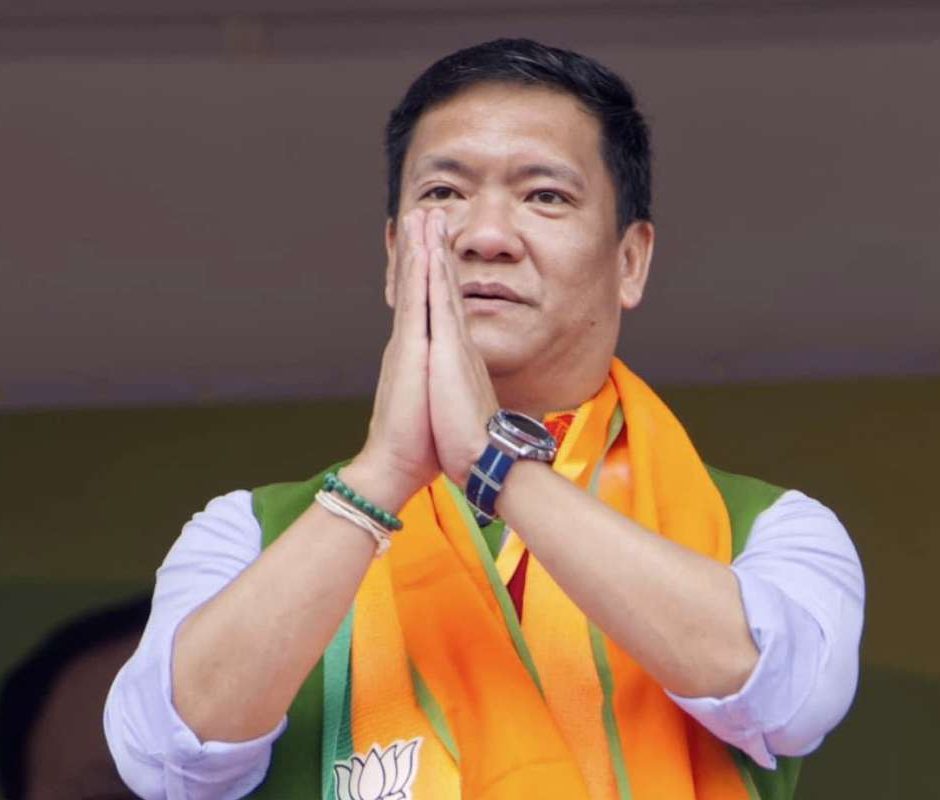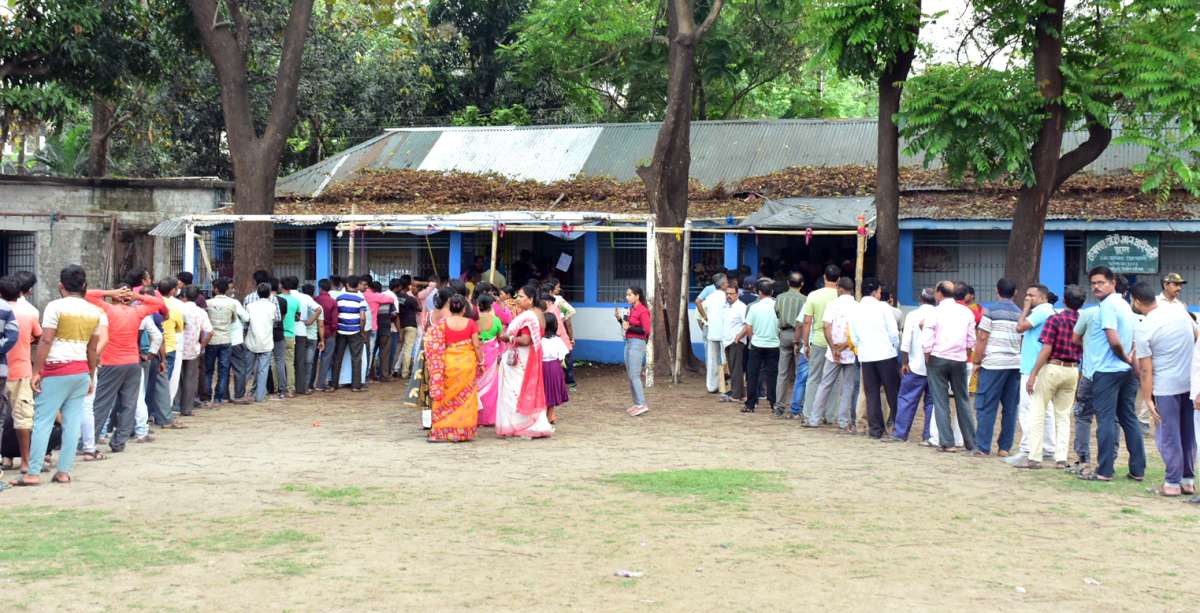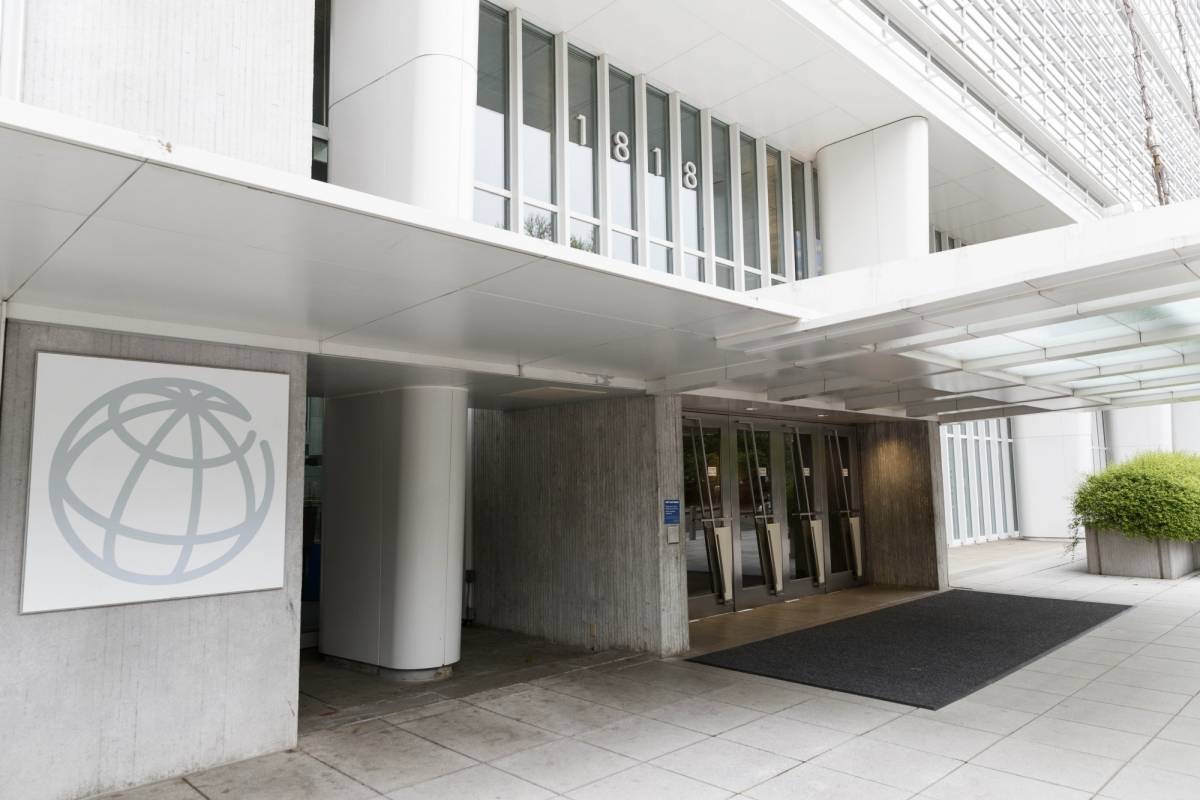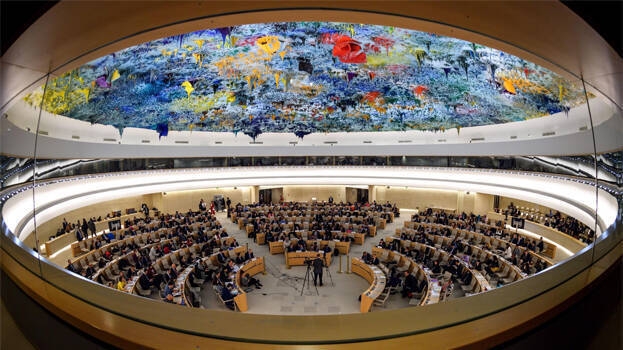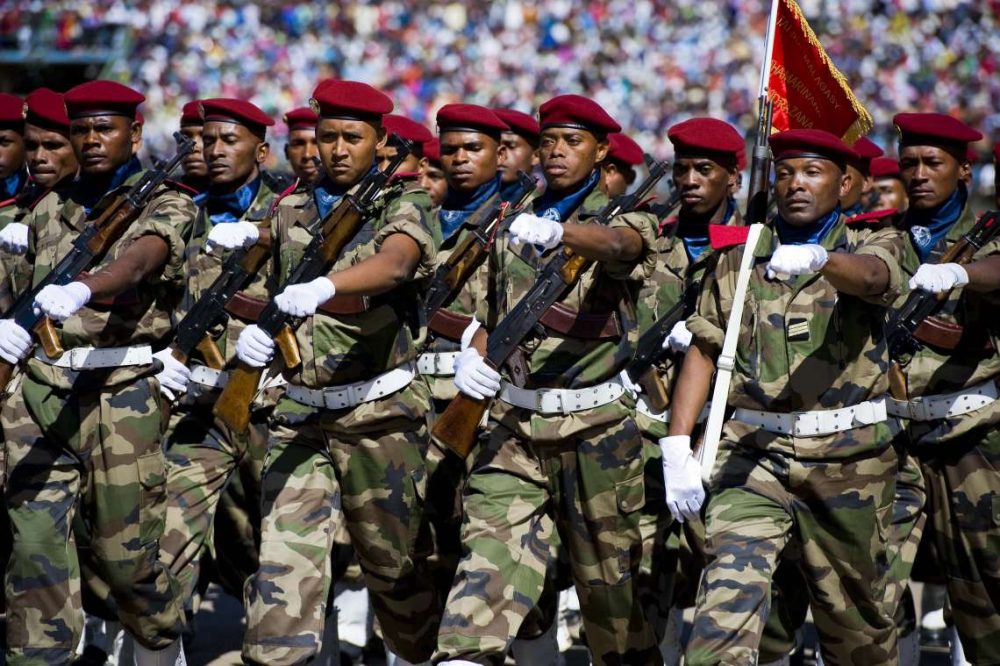The face-off lasted for a few hours before the troops disengaged and Indian troops outnumbered the Chinese at the location, reports Asian Lite News
Troops of India and China were engaged in a face-off along the Line of Actual Control (LAC) in the Arunachal Pradesh sector as the patrols of two countries came face to face at one location.
Sources in the defence establishment said the face-off took place between the two sides last week and the troops disengaged after the talks between the two local commanders as per existing protocols.
The face-off lasted for a few hours before the troops disengaged and Indian troops outnumbered the Chinese at the location, sources said.

There was no damage to the Indian defences in the face-off that took place between the two sides at the location, they said.
Since the India-China border has not been formally demarcated and hence there is a difference in perception of LAC between the countries.
“Peace and tranquillity in these areas of differing perceptions have been possible by adherence to existing agreements and protocols between the two countries,” they said.
Sources said both sides undertake patrolling activities upto their line of perception.
Whenever patrols of both sides physically meet, the situation is managed according to established protocols and mechanisms agreed by both sides. Physical engagement can last for a few hours prior to disengaging as per mutual understanding, they said.
Earlier in August, India and China had disengaged troops from the Gogra heights area and moved them back to their permanent bases.
In the 12th round of military talks, India and China had agreed to disengage troops from patrolling point 17A, one of the friction points between the two countries in the eastern Ladakh region.
200 Chinese troops detained
Around 200 troops of China’s People’s Liberation Army entered into Indian territory last week leading to a face-off with the Indian Army at the LAC in Arunachal Pradesh, sources said.
It happened during a routine patrol close to the LAC near Yangtse in Tawang Sector.
The Indian troops intercepted around 200 PLA soldiers, who had crossed over into the Indian side from Tibet and attempted to damage unoccupied bunkers.
This led to a face-off which was amicably resolved by the commanders at the local level. They met to disengage and de-escalate the situation.
Top government sources said the face-off between the two sides lasted for a few hours and was resolved as per the existing protocols. There was no damage caused to the Indian defences during the engagement.
Sources also stated that the India-China border has not been formally demarcated and hence there is a difference in perception of the LAC between the two countries.
“Physical engagement can last for a few hours prior to disengaging as per mutual understanding,” said the source, adding that in last week’s incident there was no damage to defences.
It is stated that this is a “routine business” happening “whenever patrols meet, wherever there’s differing perceptions on the Line of Actual Control. Both sides patrol. Just that in this instance, the patrols happened to meet,” the source added.
India and China have been engaged in border disputes for the last 16 months at the Line of Actual control in Eastern Ladakh.
Twelve rounds of commander-level talks have taken place so far for the disengagement and the 13th round is scheduled to happen in mid-October.
PLA carries out night battle drill
Last month, People’s Liberation Army carried out a night battle exercise at over 16,000 feet on the heights of Xinjian, near the Indian border amid the two countries’ border dispute in eastern Ladakh and ongoing military and diplomatic talks to resolve it.
The Western Theatre Command carried out the night battle exercise recently to boost their capabilities, sources said. The theatre command oversees the Xinjiang and the Tibet autonomous regions as well as the border with India, making it the largest geographical area under one command in the PLA.
Earlier this year, China had brought troops from the Tibet Military region to the Xinjiang region that is responsible for Karakoram Pass down to south Uttarakhand. Further, they have deployed larger numbers of long-range artillery and are rapidly building infrastructure on the Tibetan plateau.
After these troops were brought, the PLA has started carrying out military exercises in the region.
Further, China has refurbished its existing airfields in Tibetan plateau that will allow twin-engines fighter aircraft to be stationed. They are currently revamping 30 airports built or under construction in Xinjiang and Tibet for military transportation.
China has revamped infrastructure in Tibet, launching a high-speed bullet train connecting provincial capital Lhasa with Nyingchi, the Tibetan border town close to Arunachal Pradesh.
The Chinese have also been rapidly enhancing military infrastructure at the Line of Actual Control (LAC) after clashes with India last year.
India too has reoriented around 50,000 troops whose main focus is now at the disputed border with China.
Both the countries decided to resolve the issue through talks.
Last month, in another major breakthrough, India and China withdrew troops from friction point, Patrolling Point (PP) 17 in Gogra at the LAC in eastern Ladakh.
Both the countries have ceased forward deployments in this area in a phased, coordinated and verified manner.
Indian military delegates will meet their Chinese counterparts to discuss disengagement at the other friction area, the Depsang plains.
The build-up in Depsang was not being considered part of the current standoff that started in May last year as escalations here took place in 2013. India has insisted during recent military commander meetings to resolve all issues across the LAC.
ALSO READ-Chinese Troops Deployed in Considerable Numbers Across Ladakh: Indian Army Chief



